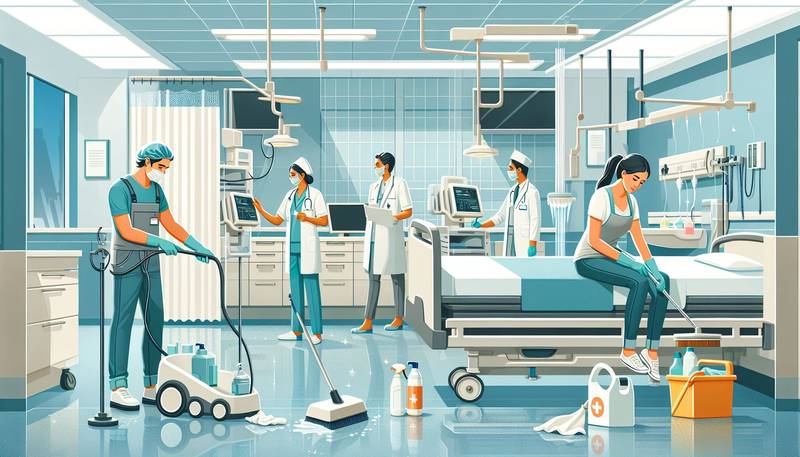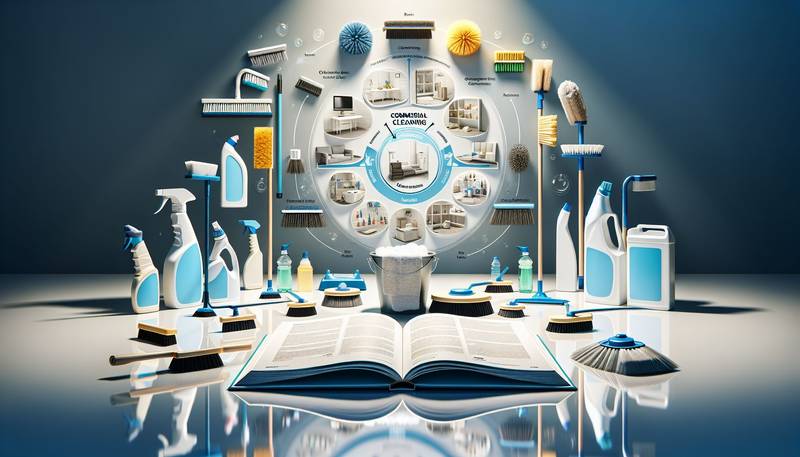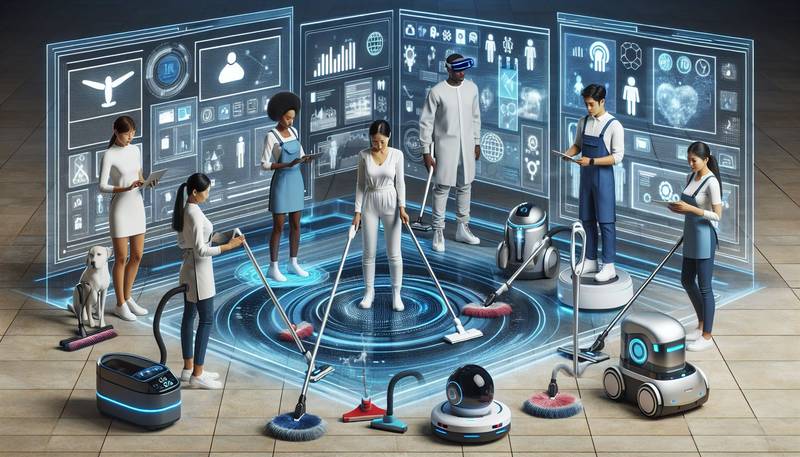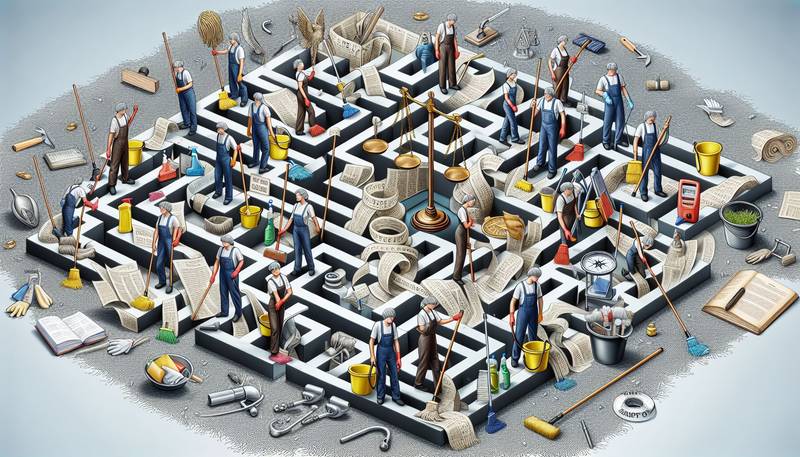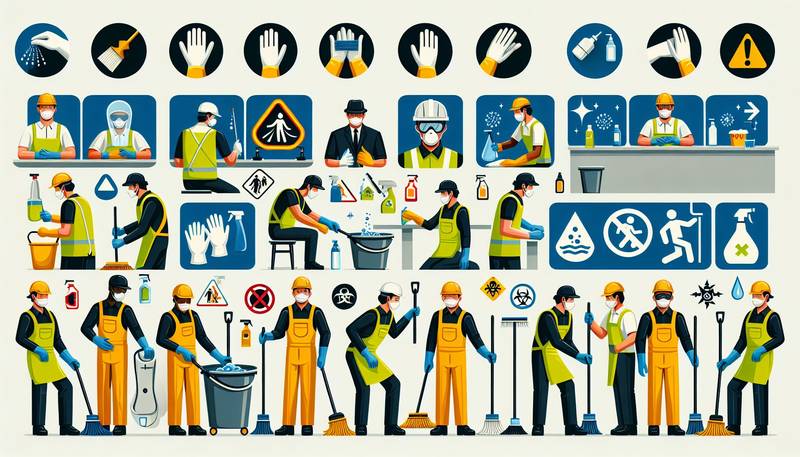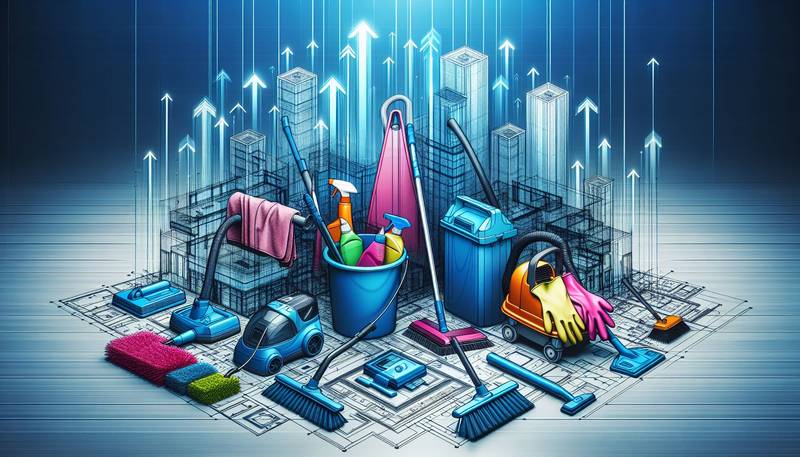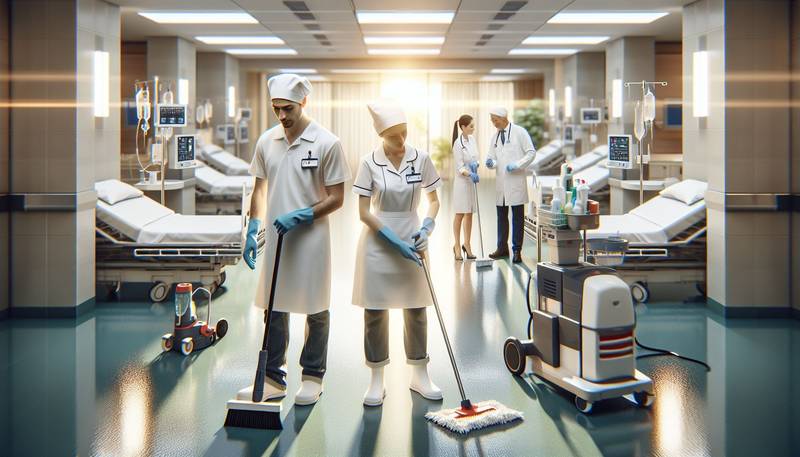Hospital Cleaning Protocols: Ensuring Safety and Hygiene
Hospital cleaning protocols are essential guidelines that outline the procedures and practices necessary to maintain a clean and sanitary environment within healthcare facilities. By adhering to these protocols, hospitals can effectively minimize the risk of infections and promote a safe and healthy environment for all.
Importance of Hospital Cleaning Protocols
Hospital cleaning protocols are designed to address specific risks and challenges associated with healthcare settings. The unique nature of hospitals, with high numbers of patients, visitors, and healthcare personnel, creates an environment where infections can easily spread if proper cleaning measures are not in place. By establishing and implementing thorough cleaning protocols, hospitals can reduce the risk of healthcare-associated infections (HAIs) and create a safer environment for everyone.
Key Components of Hospital Cleaning Protocols
Hospital cleaning protocols encompass a range of practices and procedures aimed at maintaining cleanliness and hygiene within the facility. Some key components of these protocols include:
Cleaning schedules: Establishing regular cleaning schedules ensures that all areas of the hospital are regularly cleaned and disinfected. This includes high-touch surfaces such as doorknobs, handrails, and light switches, as well as patient rooms, operating theaters, and equipment.
Use of appropriate cleaning agents: Hospital cleaning protocols specify the types of cleaning agents and disinfectants that should be used to effectively kill germs and bacteria. It is essential to use products that are proven to be effective against a wide range of pathogens, including viruses, bacteria, and fungi.
Training for cleaning staff: Proper training is essential for cleaning staff to ensure that they understand how to effectively clean and disinfect different areas of the hospital. Training should cover proper cleaning techniques, the use of personal protective equipment (PPE), and the disposal of contaminated materials.
Adherence to infection control practices: Hospital cleaning protocols should align with infection control guidelines to prevent the spread of infections within the facility. This includes measures such as hand hygiene, proper waste disposal, and the use of isolation precautions for patients with infectious diseases.
Best Practices for Hospital Cleaning
In addition to following established cleaning protocols, hospitals can implement best practices to further enhance cleanliness and hygiene within the facility. Some of these best practices include:
Regular monitoring and auditing: Regular monitoring of cleaning practices and conducting audits can help identify areas that may need improvement. By tracking cleaning performance and compliance with protocols, hospitals can address any issues promptly and ensure a high standard of cleanliness.
Environmental services collaboration: Collaboration between healthcare personnel and environmental services staff is essential for maintaining a clean and safe environment. Open communication and teamwork can help ensure that cleaning protocols are effectively implemented and followed by all staff members.
Use of technology: Hospitals can leverage technology, such as automated cleaning equipment and UV disinfection devices, to enhance cleaning effectiveness and efficiency. These tools can help reach areas that are difficult to clean manually and provide an extra layer of protection against harmful pathogens.
Patient involvement: Engaging patients in maintaining cleanliness can help reinforce the importance of hygiene practices within the hospital. Encouraging patients to practice good hand hygiene, keep their surroundings clean, and alert staff to any cleaning concerns can contribute to a safer hospital environment.
Conclusion
Hospital cleaning protocols are essential for maintaining a safe and hygienic environment within healthcare facilities. By following established guidelines and implementing best practices, hospitals can effectively reduce the risk of infections and promote the well-being of patients, visitors, and healthcare workers. Ensuring compliance with cleaning protocols, providing ongoing training and support for cleaning staff, and fostering a culture of cleanliness are crucial steps towards creating a healthier and safer hospital environment.
